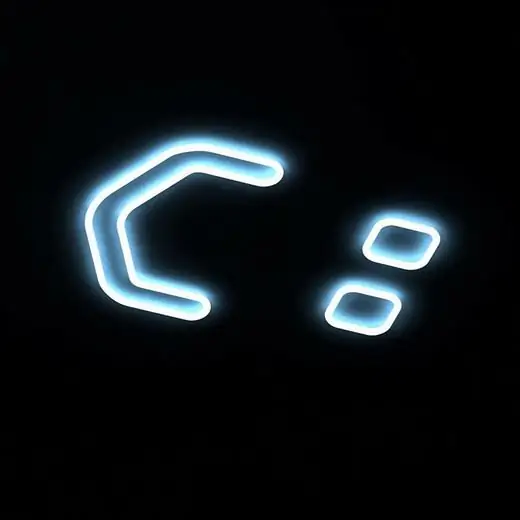One of the local drives on your computer can be used to store your personal data. If in the near future more users will be working on the computer, they can gain access to your personal information. This is especially likely to occur if they all log on with the same administrator account. Disconnecting the local disk can be a solution to the problem - then other users will not even know about its existence.

Instructions
Step 1
Click "Start" -> "Control Panel" and select the "Administrative Tools" component. A window will open with various administration options, from which select "Computer Management". Right-click on it and select "Open" in the context menu.
Step 2
Now if you have Windows XP, find the "Structure" line, and then open the "Disk Management" component in it. If you are using the Windows 7 operating system, find the line "Storage devices", in which you also open the component "Disk Management".
Step 3
A window will appear with information about all local drives on the computer. In the upper part of the window there will be a list of all local disks, in the lower part - information on each local disk. Now right-click on the local disk that you want to disconnect. In the context menu that appears, select "Change drive letter or drive path". Another window will appear, in which select the "Delete" command. Then confirm the operation by clicking OK and close the window.
Step 4
Go to "My Computer" and make sure that the local drive you have selected is no longer displayed and is also missing from Explorer. This local disk will not appear even after restarting the computer.
Step 5
To make the disconnected local disk visible again by the system, go to Disk Management. Click on the unnamed area with the right mouse button and select "Change drive letter or drive path" from the context menu. In the menu that appears, select the "Add" command. Then select a drive letter and then click OK. Close the window. Go to "My Computer". You now have full access to this local drive and information. Disabling and enabling local drives is a completely safe procedure, since all information is completely saved.






